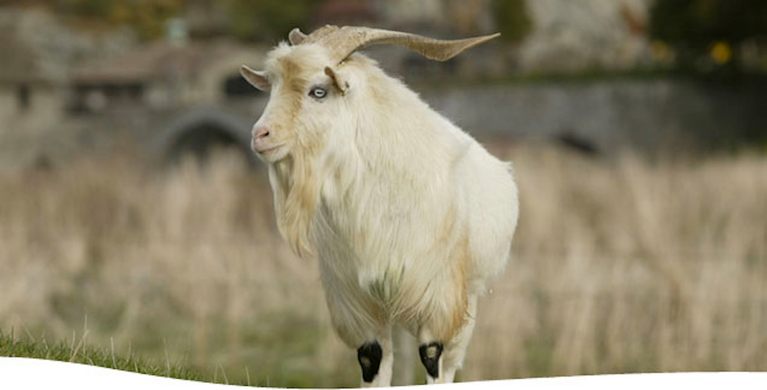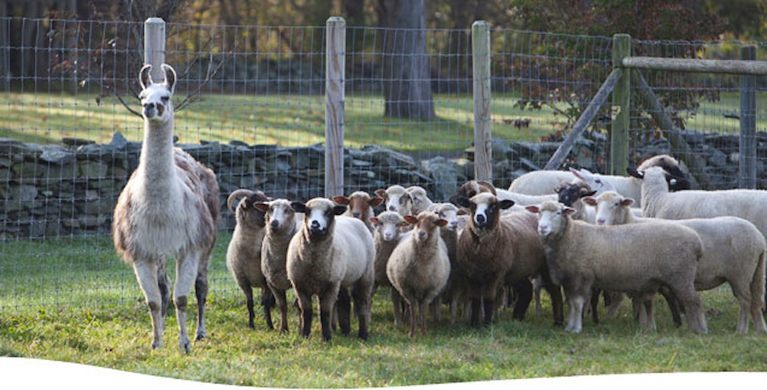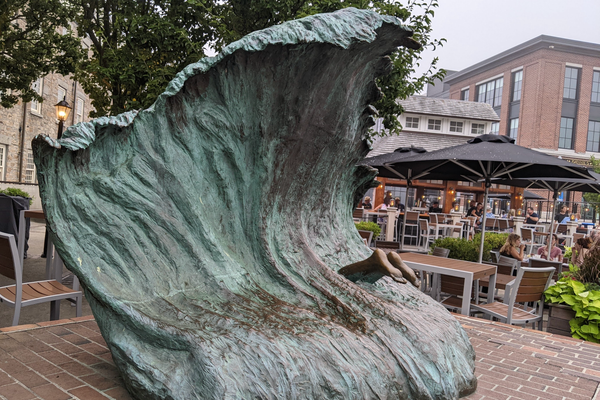AO Edited
Gastro Obscura
The Swiss Village
A railroad magnate's replica village has become home to a genetic seed bank for rare breeds of livestock.
A railroad tycoon’s summer estate now houses a cyroroom full of liquid nitrogen tanks and specimens from rare livestock breeds.
In the early 20th century, railroad magnate Arthur Curtiss James commissioned the architect Grosvenor Atterbury to create a replica of a small Swiss village on the grounds of his summer estate. The Surprise Valley Farm (known as “the Swiss Village” to locals) had cattle, poultry, sheep, goats, and vegetable gardens, and employed more than 100 people. After James’ death however, the property was purchased by developers who used the land as a rehab facility.
In 1998, Dorrance Hamilton, an heiress to the Campbell’s Soup fortune, purchased the farm and founded the SVF (Swiss Village Farm) Foundation, which preserves semen and embryos from rare and endangered breeds of livestock in collaboration with Tufts University’s veterinary school. Today, its terracotta-roofed buildings and sprawling grounds are home to Tennessee Myotonic Goats (also known as fainting goats), California Mutant Variegated Sheep, and other animals that you won’t see on the average farm.
For biosecurity reasons, the farm is only open to visitors for one day out of the year, usually on a Saturday in June. But anyone driving down Harrison Avenue can look over the low stone wall and see some of the happiest sheep, goats, and cows around, plus the pack of attack llamas (Kianna, Rock n’ Roll, and Driftwood) that serve as their security guards.
Update February 2024: Appears to be closed and the property has been sold.


















Follow us on Twitter to get the latest on the world's hidden wonders.
Like us on Facebook to get the latest on the world's hidden wonders.
Follow us on Twitter Like us on Facebook